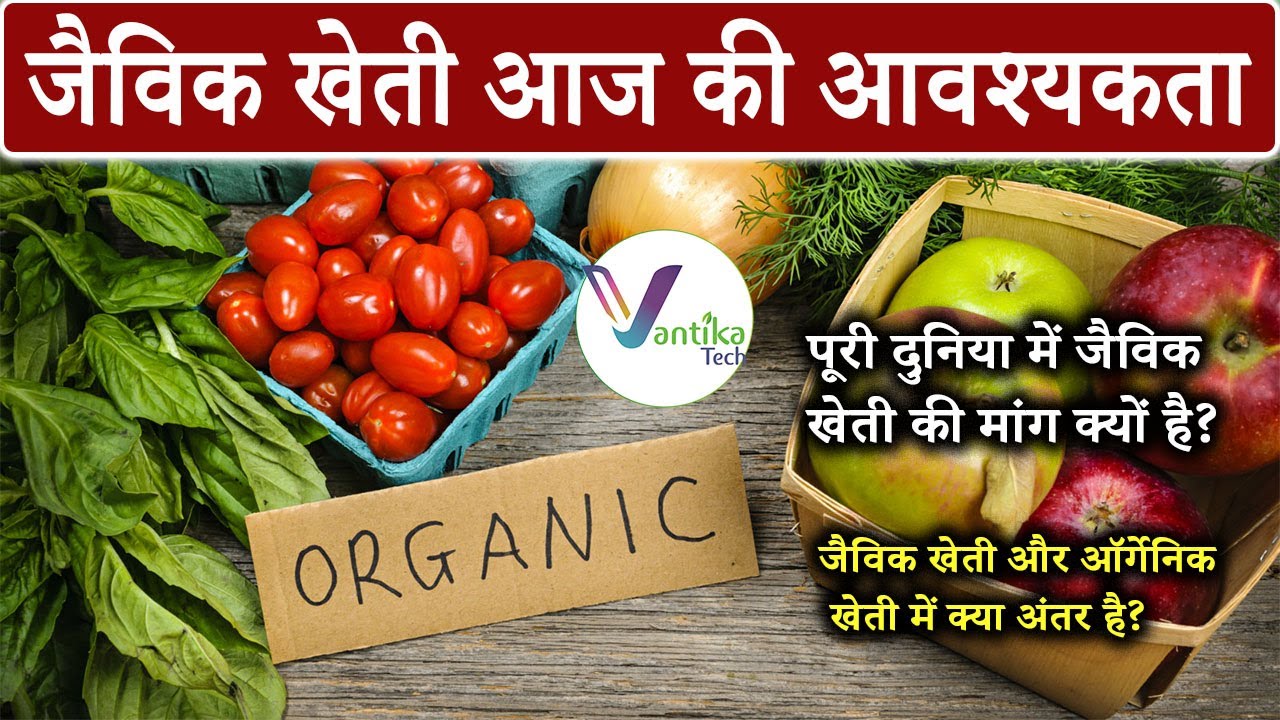Heat waves, characterized by prolonged periods of excessively high temperatures, are becoming increasingly frequent and intense due to climate change. These extreme weather events pose significant challenges to agriculture, threatening crop yields, food security, and livelihoods. In this blog, we will delve into the impact of heat waves on crops, explore the challenges they present to farmers, and discuss adaptation strategies to mitigate their effects.
The Impact of Heat Waves on Crops
Heat waves exert a range of detrimental effects on crops, disrupting their physiological processes and growth cycles. Some of the key impacts include:
Reduced Photosynthesis: High temperatures can inhibit photosynthesis, the process by which plants convert sunlight into energy, leading to decreased crop productivity and yield.
Water Stress: Heat waves exacerbate water stress in crops by increasing evapotranspiration rates and accelerating soil moisture depletion. This can result in wilting, leaf scorching, and even crop failure in severe cases.
Delayed Flowering and Pollination: Elevated temperatures can disrupt the timing of flowering and pollination in crops, leading to poor fruit set and reduced seed production.
Increased Pest and Disease Pressure: Heat-stressed crops are more susceptible to pest infestations and disease outbreaks, as high temperatures weaken their defense mechanisms and compromise their immune systems.
Premature Ripening and Quality Loss: Heat waves can cause premature ripening and reduce the quality of harvested crops, impacting their market value and economic viability.
Challenges Faced by Farmers
Heat waves pose numerous challenges to farmers, exacerbating existing vulnerabilities and threatening their livelihoods. Some of the key challenges include:
Crop Losses: Reduced yields and crop failures resulting from heat stress can lead to significant financial losses for farmers, especially those reliant on rain-fed agriculture.
Increased Water Demand: High temperatures increase the water requirements of crops, placing additional pressure on already stressed water resources and irrigation systems.
Risk of Livestock Heat Stress: Heat waves not only impact crops but also pose risks to livestock, which may suffer from heat stress, reduced feed intake, and decreased milk production.
Market Volatility: Crop losses due to heat waves can contribute to market volatility, leading to fluctuating prices and reduced profitability for farmers.
Health Risks for Farm Workers: Working in hot and humid conditions increases the risk of heat-related illnesses for farm workers, including heat exhaustion and heatstroke.
Adaptation Strategies
Despite the challenges posed by heat waves, there are several adaptation strategies that farmers can adopt to mitigate their effects and build resilience:
Crop Diversification: Planting diverse crop varieties with different heat tolerance levels can help buffer against the impacts of heat waves and reduce overall risk.
Improved Irrigation Management: Investing in efficient irrigation systems, such as drip irrigation and micro-sprinklers, can optimize water use and minimize moisture stress in crops during heat waves.
Soil Moisture Conservation: Implementing soil conservation practices such as mulching, cover cropping, and conservation tillage can help retain soil moisture and mitigate the effects of heat stress on crops.
Shade and Windbreaks: Planting shade trees and establishing windbreaks can provide shelter for crops, reduce heat stress, and improve microclimatic conditions within agricultural fields.
Timely Crop Management: Adjusting planting dates, crop spacing, and harvesting schedules to avoid the peak heat periods can help minimize heat-related damage and optimize crop yields.
Heat-Tolerant Crop Varieties: Selecting and breeding heat-tolerant crop varieties adapted to local climatic conditions can enhance resilience and improve productivity in the face of heat waves.
Farm Worker Safety Measures: Implementing measures to protect the health and safety of farm workers, such as providing adequate shade, hydration, and rest breaks, is essential for preventing heat-related illnesses.
Conclusion
Heat waves pose significant challenges to crop production and agriculture as a whole, threatening food security, livelihoods, and the environment. However, by implementing adaptive measures and adopting resilient farming practices, farmers can mitigate the impacts of heat waves and build resilience to future climate extremes. Collaboration between farmers, researchers, policymakers, and agricultural stakeholders is essential to develop and implement effective adaptation strategies that safeguard agricultural sustainability and ensure the resilience of farming communities in the face of climate change.
Thank You for Reading!
We appreciate you taking the time to explore the impact of heat waves on crops and the challenges faced by farmers. By raising awareness of these issues, we can work together to find solutions and build resilience in agriculture.
#HeatWaveImpact #CropChallenges #AgriculturalResilience #ClimateChangeAdaptation #FarmingStrategies #FoodSecurity #AdaptiveAgriculture #SustainableFarming #ClimateResilientCrops #FarmersCommunity #EnvironmentalAwareness #ThankYouReaders #GratefulForSupport



No comments:
Post a Comment